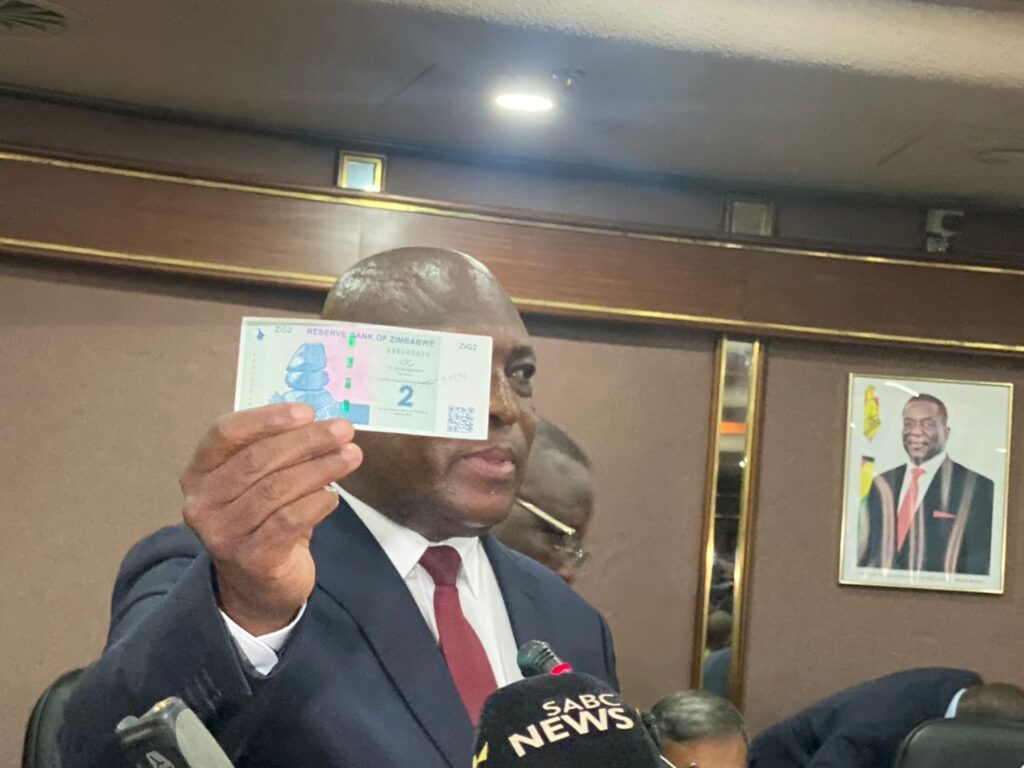Zimbabwe introduces new currency (Zig) to replace Zim dollar

by Priviledge Zviregei
The Reserve Bank of Zimbabwe (RBZ) has announced significant monetary policy reforms including the introduction of a new structured currency called the Zimbabwe Gold (ZiG) effective April 5, 2024.
In a Monetary Policy Statement that was released yesterday the RBZ Governor John Mushayavanhu said the ZiG will replace the Zimbabwe dollar and will be anchored on a composite basket of foreign currency reserves and gold holdings as the country recalibrates its monetary policy framework.
The key highlights of the new measures are:
- Introduction of the ZiG as a new structured currency backed by a basket of gold and forex reserves amounting to over US$285 million currently held by the RBZ. This provides over 3 times cover for the initial issuance.
- Adoption of a market-determined willing-buyer-willing-seller exchange rate system to replace the foreign exchange auction system.
- Banking institutions have been directed to convert all existing ZW$ balances into ZiG using the prevailing interbank rate on the conversion date.
- Issuance of new ZiG banknotes in denominations of 1ZiG, 2ZiG, 5ZiG, 10ZiG, 20ZiG, 50ZiG, 100ZiG and 200ZiG.
- Recalibration of policy rate from 130% to 20% and adjustment of interest rates to reflect the new monetary policy framework.
- Strengthening of foreign exchange management and liquidity measures to foster stability.
Governor Mushayavanhu said the measures are aimed at restoring currency stability, re-anchoring inflation expectations and rebuilding confidence in the local monetary and financial system.
Economists said the introduction of the ZiG is a positive step that could help stabilize the exchange rate if properly implemented and supported by consistent policies. Banking stocks rallied on the local bourse on hopes the changes will boost the sector.
The public has been assured of seamless conversion and continuity of banking services as the country transitions to the new currency regime. Only time will tell if the measures achieve the desired objectives of currency stability and economic resilience.









